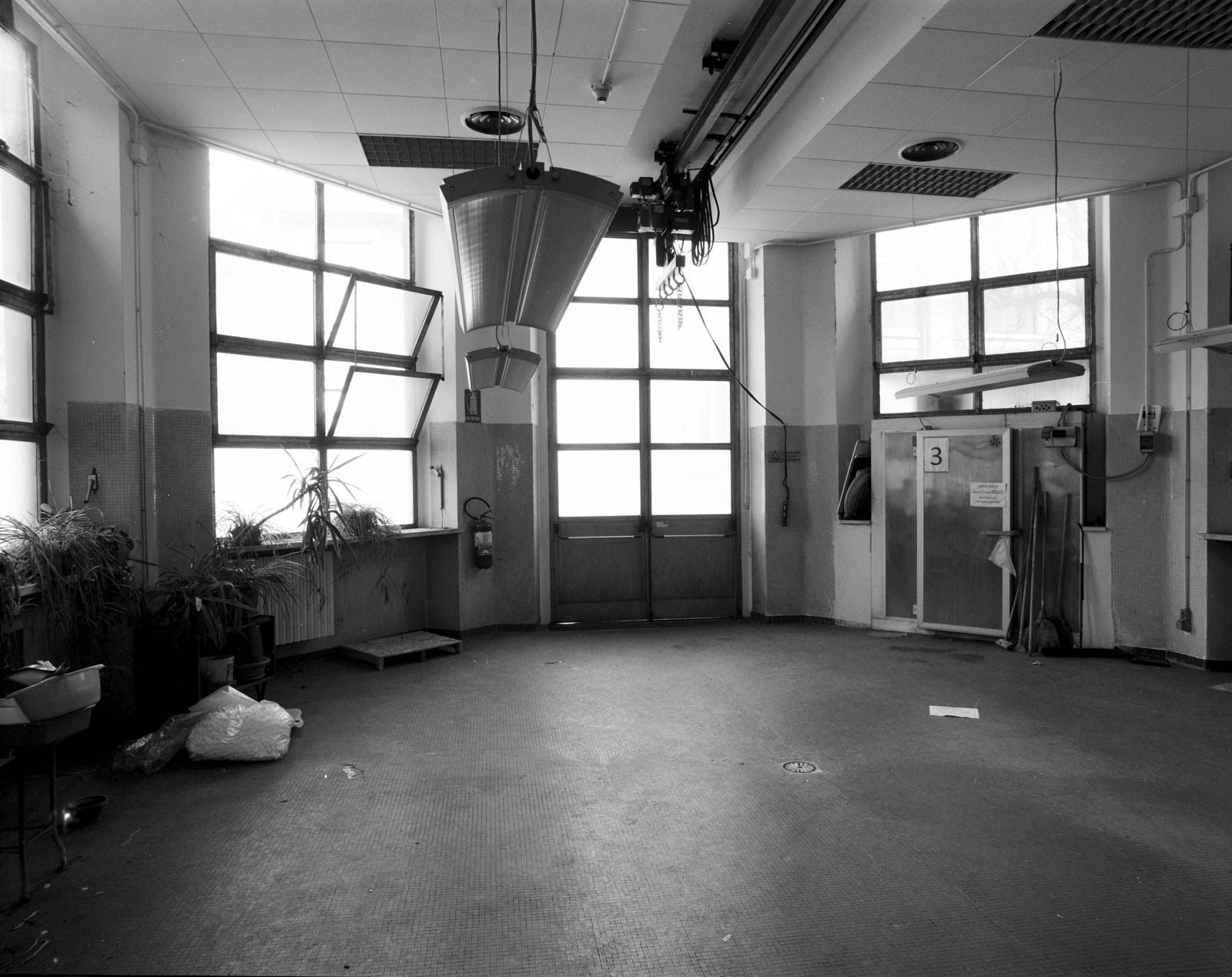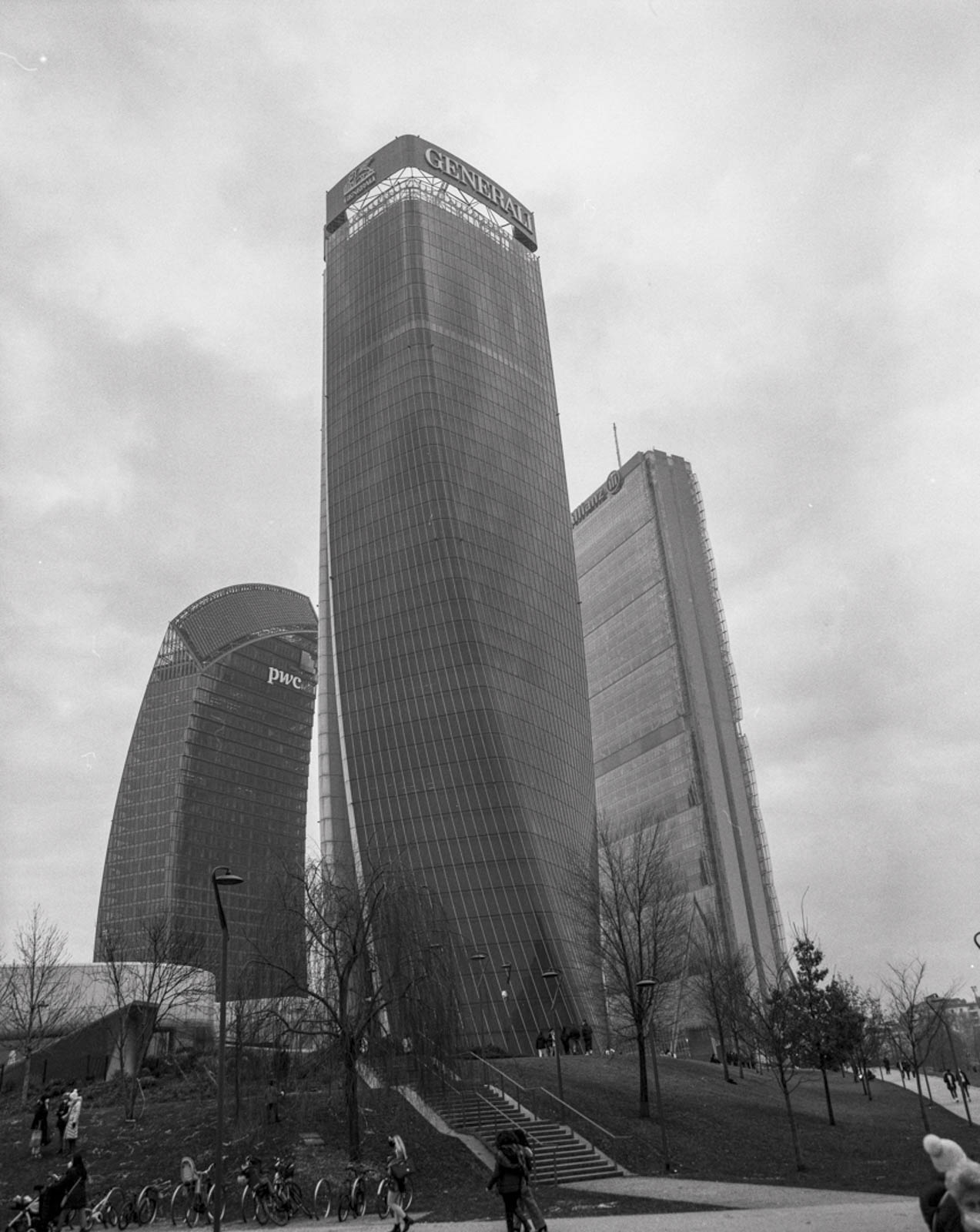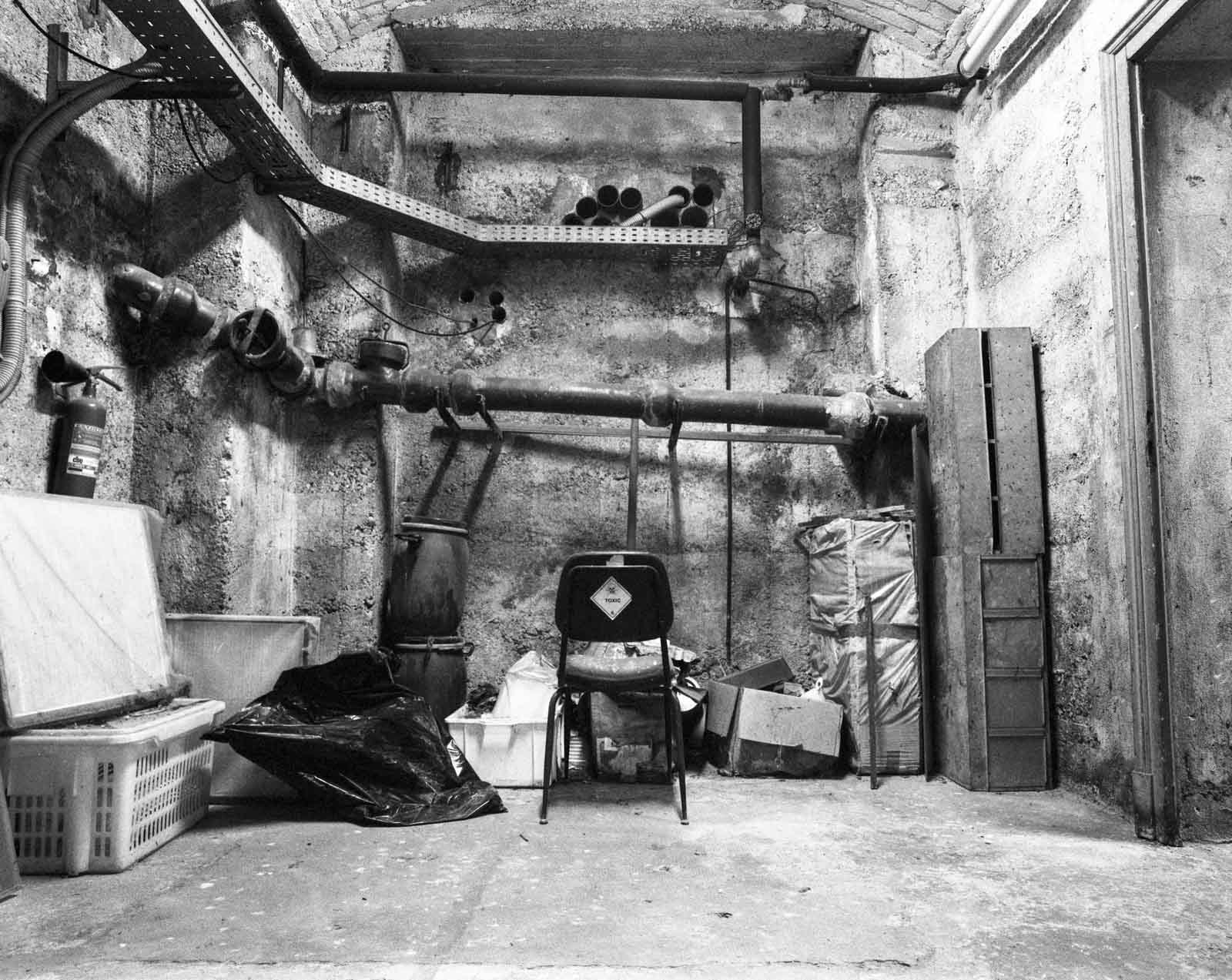TOC
The Pentax 6x7 lens series has been the flagship of the Japanese house for over 50 years. The first company to invest in 6x7, a format that combined the aspect ratio of the optical bench and the portability of the medium format, the 45mm is the widest-angle lens ever produced for it. Actually, there would also be a 35mm, but it is a fisheye, which, therefore, we are not going to analyze. The 45mm is already a lens that falls into the super-wide category with a focal length equivalent of 23mm. In the world of the 6x7, only the 43mm for Mamiya 7 offers a wider focal length, but we enter the world of the rangefinder, while the Pentax 6x7 is a full-fledged SLR.
The 45mm does not enjoy a great reputation. It is not considered a poor performer, but it is certainly not rated as one of the best lenses in the 6x7 system, as evidenced by its vote on Pentax Forum. The score appears to be high, but we can see how there are three other wide-angles with a higher score. We can immediately understand how this is the main misfortune of this lens and how the presence of bulky neighbors has often obscured an excellent performer. Very often it is natural to compare it with the latest version 55mm f4 , but it is an ungenerous comparison. This last lens is the absolute masterpiece of the 67 series, and it makes no sense to compare it to the rest and deserves a separate discussion. Here instead we will try to better understand what the 45mm looks like and highlight its strengths and weaknesses.

A little bit of distortion is present, but well under control for this type of lens.
First of all, taking this lens in hand, you are impressed by its size. It is extremely compact and light enough, making it the least invasive lens of the entire kit. We are still talking about something with generous dimensions, and that on reflex would appear to us as huge, but if compared to other lenses such as 75mm or 200mm we could almost define it as compact. The viewing angle, as we said, is approximately equivalent to 23mm. It is, therefore, a decidedly wide-angle focal length, but not crazy as it could be a 21mm or 16mm on Contax G. It has an extreme focal length, but it is still usable in a wide range of situations. Anyway, the f4 aperture should not be deceiving, like any wide-angle lens that is not called Biogon, closing a couple of apertures is essential to achieve optimal sharpness.
At the level of sharpness, the comments towards this lens are particularly ungenerous. Used in optimal conditions (not wide open and not in diffraction) it is capable of achieving an excellent level of detail, which combined with the size of the negative allows you to easily make 30x40 prints without problems. Comparing it to 55mm pixel by pixel the result is visibly lower, but we are faced with two different lenses for design and use. Unfortunately, the proximity between the two focal lengths (24mm vs 28mm equivalent) has meant that over time the competition between the two went to reward the 55mm, also rightly recognizing its best optical performance. However, the difference between the two focal lengths is more marked than what is suggested by the specifications. The 45mm brings with it an airiness that the 55mm lacks, paradoxically making the latter more suitable for situations that we could poorly define “street” than for landscape photos.

Viewfinder limitations can become a problem when composing, more than with longer lenses
If the 45mm finds its natural element in the landscape and its best ally in the tripod, there is, however, a determining factor in its difficult use: the viewfinder. The Pentax 6x7 series viewfinder is an engineering masterpiece, supported by an enormous mirror. As spectacular as it is, however, the mirror covers 90% of the frame, leaving 10% out. In 90% of situations this is not a problem, especially when using a telephoto lens or in portraits where the subject is usually in the center. When photographing the landscape the edges of the photograph become fundamental, not only in the composition but also in communicating that sense of depth that the lens carries with it. The 45mm seen through the viewfinder only hints at these elements, forcing many times to shoot without having full awareness of everything that will be in the frame. For a generation of photographers born with digital and eager to see what is being done, this can be a problem.
On the contrary, on digital, this lens becomes particularly interesting. Not so much for its excellent performance, easily matched by modern lenses designed for the 44x33 medium format, but its exceptional cone of vision. The ability to project a huge image makes it perfect for anyone who wants to adapt it to create tilt-shift effects. For € 400, he could thus bring optical bench movements on his Fuji GFX, an option to always take into consideration. Another often underestimated but extremely pleasant feature is the minimum focusing distance of just 37cm. It is calculated as always considering the distance from the focal plane, making sure that the true distance from the lens is less than 15cm! Not that it’s the best lens for macro photography, but it’s still an added feature that can often be welcome.
In general, as we have seen, it is an excellent lens, capable of combining the high quality of the latest 67 with a super-wide focal length. It is said that it can be wide open and prone to chromatic aberrations on the sides, but I would not dwell on it too much as it is a common thing for all lenses under the several thousand euros. It is a lens that I would recommend, but not right away unless one enters the Pentax system to make landscapes. Even starting with the best intentions it is not possible not to compare it to the 55mm that I would dare to recommend before. But for those looking for a solid super wide-angle capable of delivering on promises and capture amazing landscapes, this is a lens you will love!

Despite the extreme focal length it performs very well even indoors in situations in which we would usually prefer longer lenses